Table of Content
Gurugram (formerly known as Gurgaon) is evolving rapidly into a modern urban hub, and the upcoming Gurgaon Metro is poised to be a game changer. Promising enhanced connectivity, reduced travel times, and a major boost to local development, this metro project is not only about easing commutes, it's set to transform the entire urban and real estate landscape of the city. In this blog, we explore the metro’s routes and stations, share the latest updates, and examine its far-reaching impact on Gurugram’s property market.
What is the Gurgaon Metro?
The Gurgaon Metro is a state-of-the-art rapid transit system designed to serve the bustling city of Gurugram and its surrounding areas. Built with modern technology and sustainable practices, the metro aims to provide an efficient, eco-friendly alternative to road transport. By reducing congestion and cutting down commute times, it is expected to enhance the overall quality of life for residents and create new opportunities for urban development.
Key Project Details:
|
Aspect |
Details |
|
Length |
28.5 kilometers |
|
Stations |
27 elevated stations |
|
Estimated Cost |
₹5,452.72 crore |
|
Funding Sources |
Central Government: ₹896.19 crore; Haryana Government: ₹4,556.53 crore |
|
Technology |
Communication-Based Train Control (CBTC) signaling |
|
Train Configuration |
Initial three-coach trains, expandable to six |
|
Speed |
Up to 80 km/h |
Also Read: Mumbai Metro 2025: Enhanced Routes, Stations & Real Estate Impact
Gurgaon Metro Routes & Stations
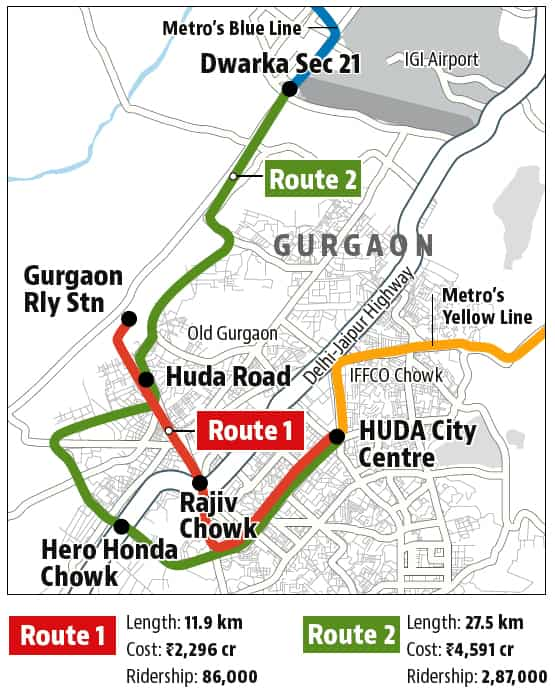
Primary Routes
According to the latest updates and industry reports including insights from MagicBricks the Gurgaon Metro project has been structured around multiple corridors to ensure comprehensive coverage of the city. The planned routes are:
1. Sohna Road Corridor
This corridor is designed to serve the southern part of Gurugram, linking key residential areas (such as Palam Vihar and sectors along Sohna Road) with the commercial heart of the city.
2. NH-48 Corridor
Aimed at connecting major commercial and business hubs, this route will serve areas like Cyber City, MG Road, and HUDA City Centre. By tapping into the busy NH-48 artery, the corridor is expected to significantly ease the commute for professionals and boost economic activity.
3. Dwarka Expressway Connector
This proposed corridor will enhance connectivity between Gurugram and Delhi by linking the city to the rapidly developing Dwarka Expressway. This connector is seen as a crucial element in integrating Gurugram more closely with the broader National Capital Region (NCR).
Each corridor is being planned with strategically located stations that not only serve as transit points but also act as catalysts for localized urban development.
Key Stations and Connectivity
Stations on these corridors will be equipped with modern amenities such as digital information kiosks, retail outlets, and seamless last-mile connectivity options (including feeder buses, auto-rickshaw stands, and bicycle-sharing facilities). These stations are expected to serve as nodes of increased economic activity, drawing both residents and investors to nearby areas.
Latest Updates & Developments
Project Milestones
- Construction Progress: Construction Starts From May 2025.
- Technological Upgrades: Smart ticketing systems, real-time tracking, and eco-friendly infrastructure are being incorporated to ensure a superior commuter experience.
- Government Initiatives: Accelerated approvals and dedicated funding have helped streamline the project timeline, positioning the metro as one of the most anticipated transit developments in the NCR.
Future Expansion Plans
While the initial phases focus on the above corridors, future expansion plans include extending routes to cover peripheral regions of Gurugram. Enhanced interchanges and additional feeder services are expected to further integrate the metro network with other modes of public transportation.
Real Estate Impact og Gurgaon Metro
Boost in Property Values
Improved connectivity from metro corridors has a well-documented positive impact on real estate. As the Gurgaon Metro project progresses:
- Property values near stations are expected to surge due to the increased convenience and reduced travel times.
- New infrastructural investments are likely to follow, further boosting the attractiveness of these areas for both residential and commercial development.
New Investment Opportunities
- Residential Projects: Developers are planning modern housing projects in metro-adjacent areas, catering to a population that increasingly values accessibility and lifestyle upgrades.
- Commercial Growth: Offices, retail outlets, and entertainment hubs near the metro stations will likely see higher footfalls, creating prime opportunities for business ventures.
Urban Renewal & Enhanced Quality of Life
Beyond the real estate surge, the metro project is expected to drive urban regeneration. Revitalizing older neighborhoods and reducing reliance on private vehicles will lead to lower traffic congestion and a cleaner, more sustainable urban environment.
Conclusion
The Gurgaon Metro is set to be a transformative project for the city, offering efficient, sustainable transportation that will reduce commute times and drive significant real estate growth. With its well-planned corridors covering the Sohna Road, NH-48, and the Dwarka Expressway areas the metro is expected to unlock new opportunities for urban development and improve the quality of life for residents. As the project continues to evolve, investors, homebuyers, and commuters alike can look forward to a more connected and vibrant Gurugram.
Also Read: Hyderabad Metro Phase 2: Shaping a Modern, Connected City

_1739263970.webp)
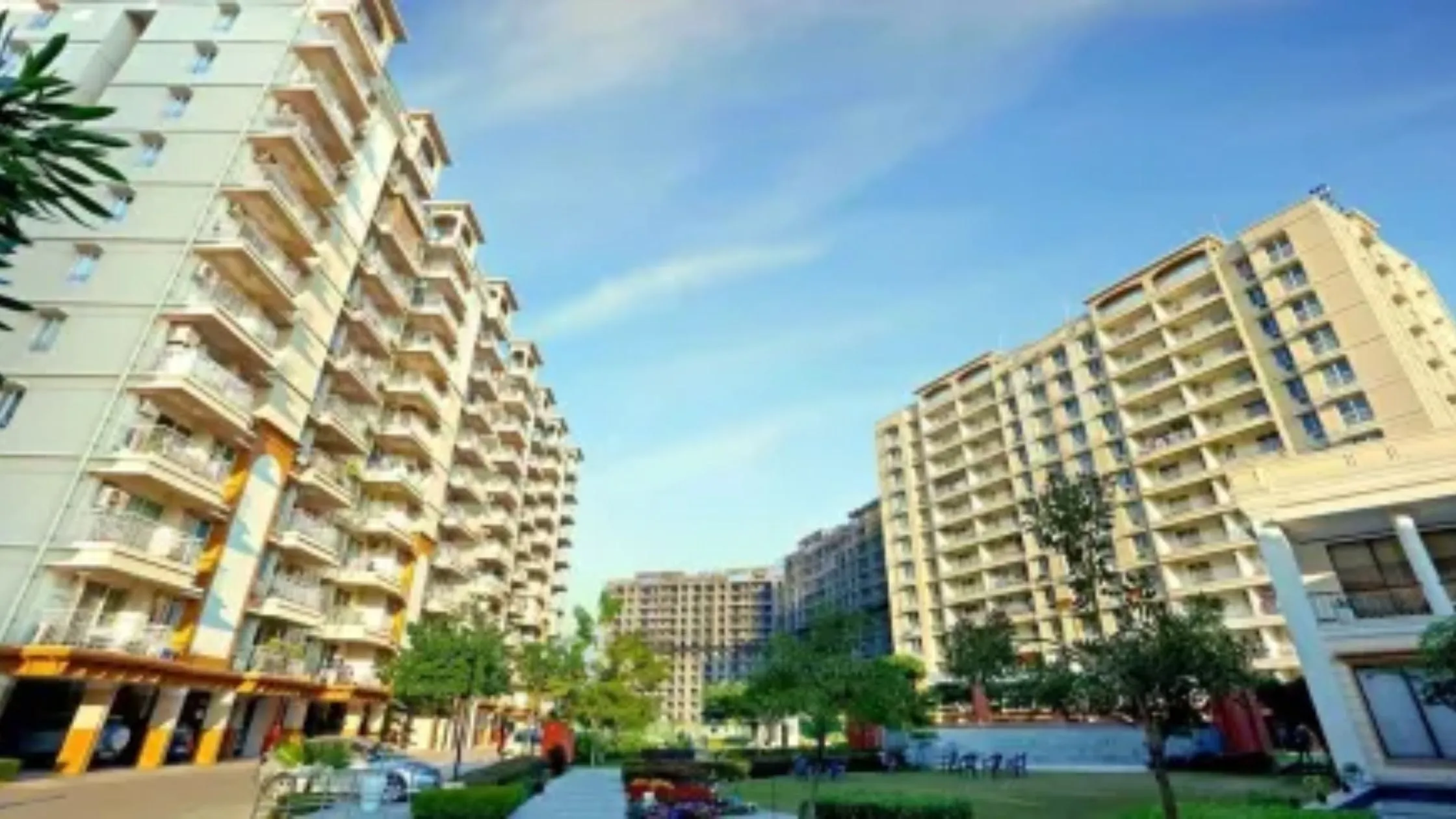
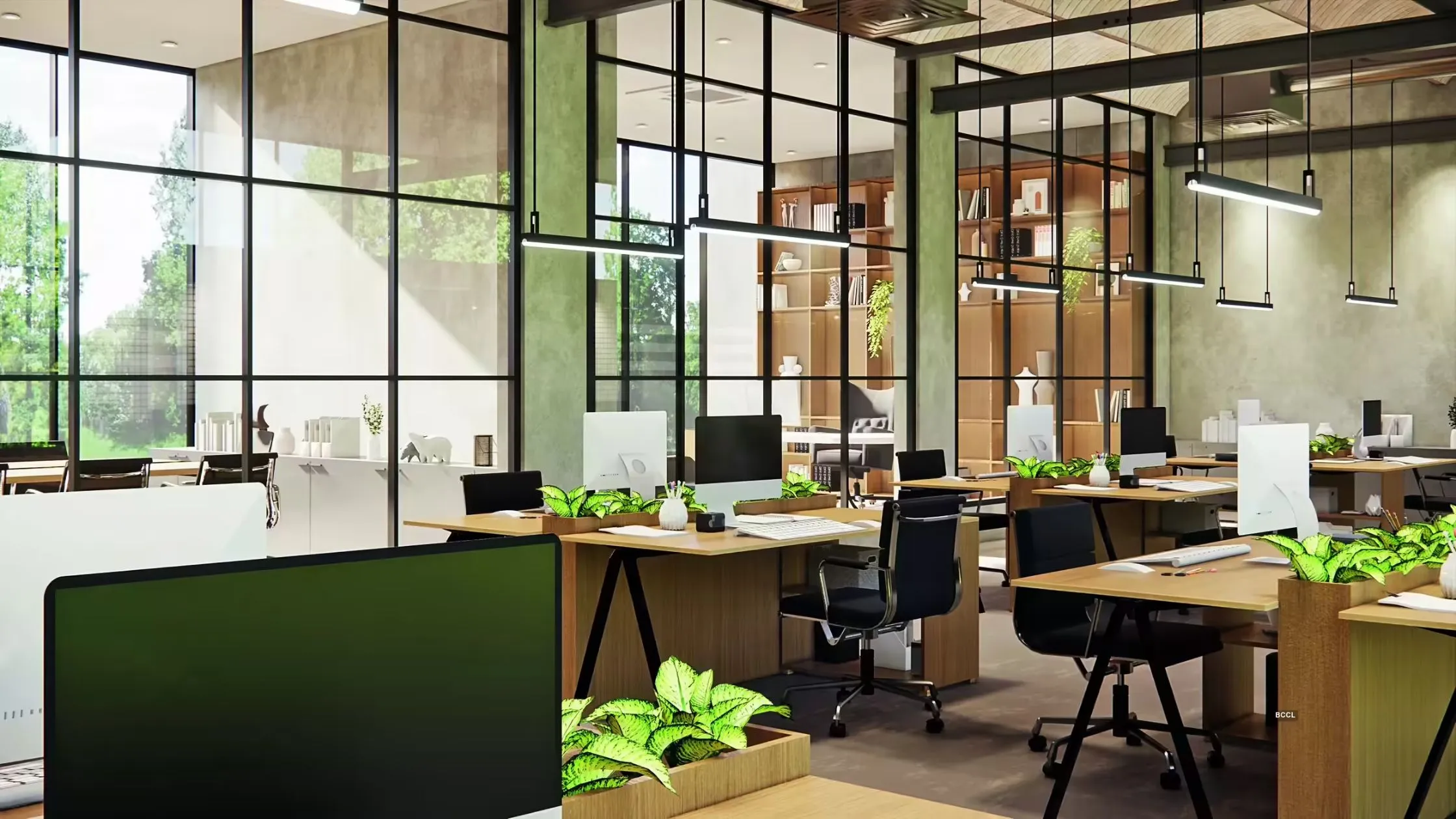
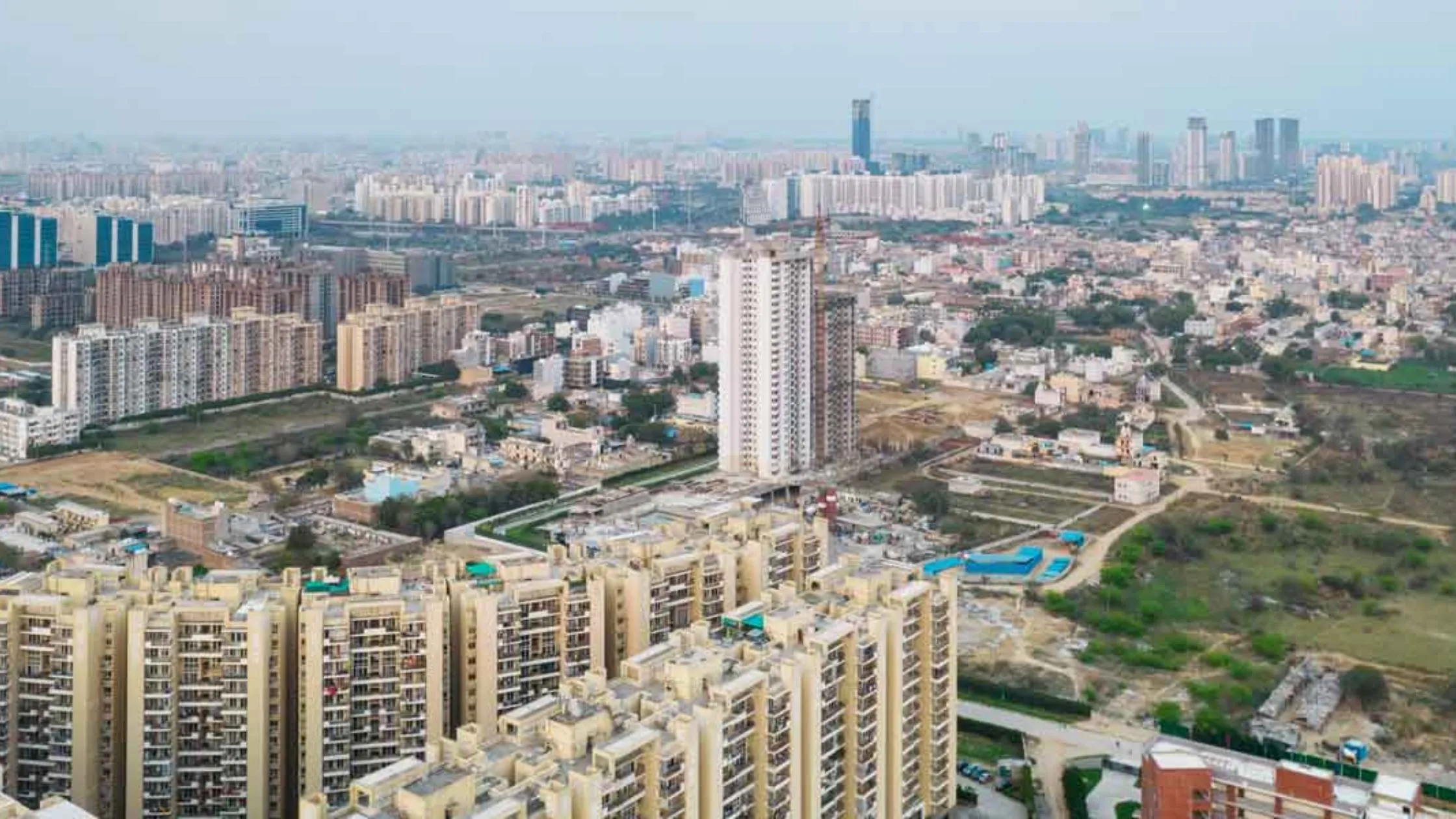
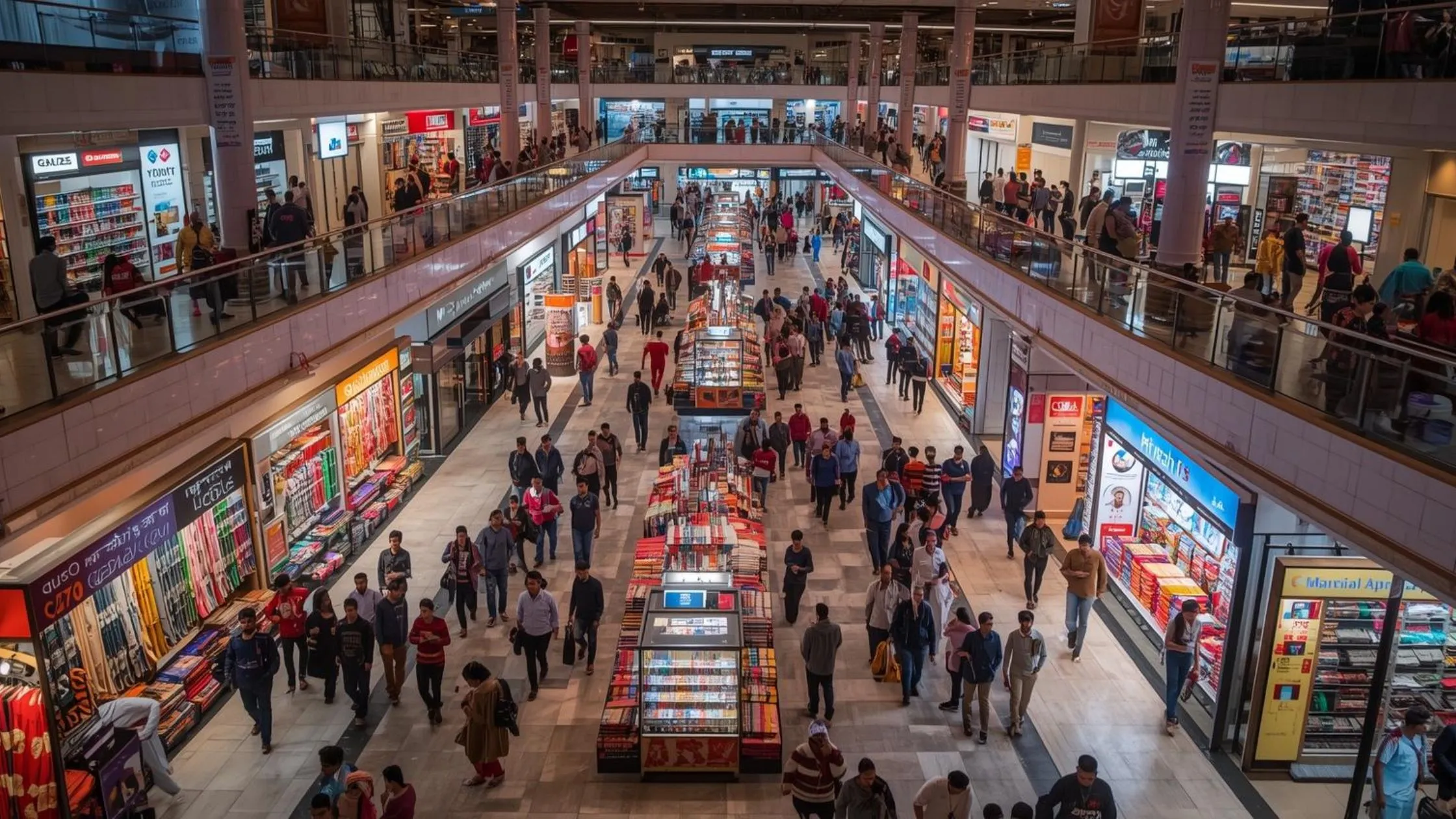

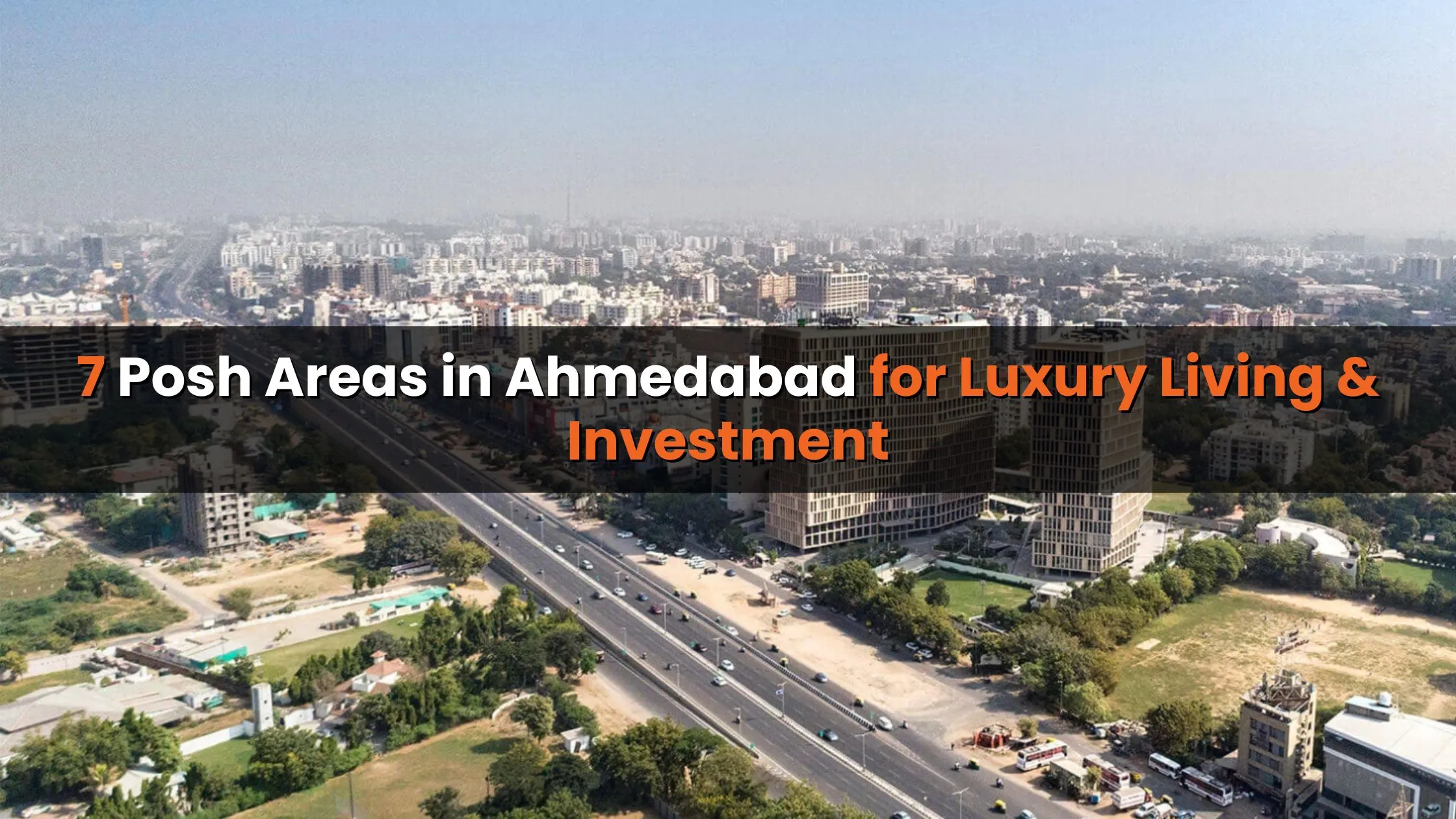
Ans 1. The Gurgaon Metro is a rapid transit system aimed at improving connectivity, reducing traffic, and enhancing urban development in Gurugram.
Ans 2. The Gurgaon Metro will have 27 elevated stations across various corridors in the city.
Ans 3. The metro will cover key corridors including Sohna Road, NH-48, and a connector to the Dwarka Expressway.
Ans 4. Property values near metro stations are expected to increase due to improved connectivity and reduced travel time.
Ans 5. Construction is progressing with several key segments nearing completion. Full service is expected to be available soon.
Ans 6. The metro will reduce commute times, ease traffic congestion, and provide a sustainable mode of transport across Gurugram.
Ans 7. Future expansion plans include extending the metro routes to cover peripheral regions of Gurugram, along with enhanced interchanges and additional feeder services.
Ans 8. The metro project will reduce traffic congestion, promote eco-friendly transportation, and drive urban regeneration, creating a cleaner, more sustainable environment.